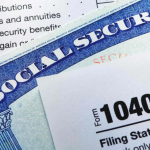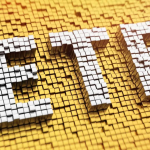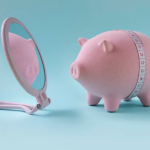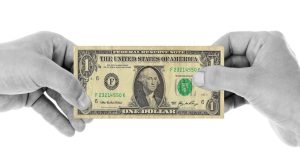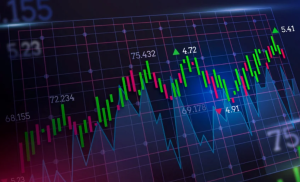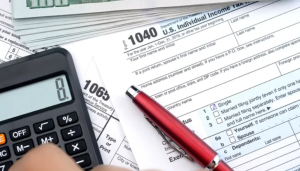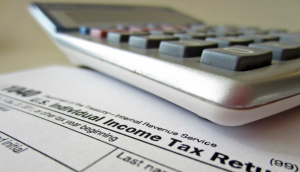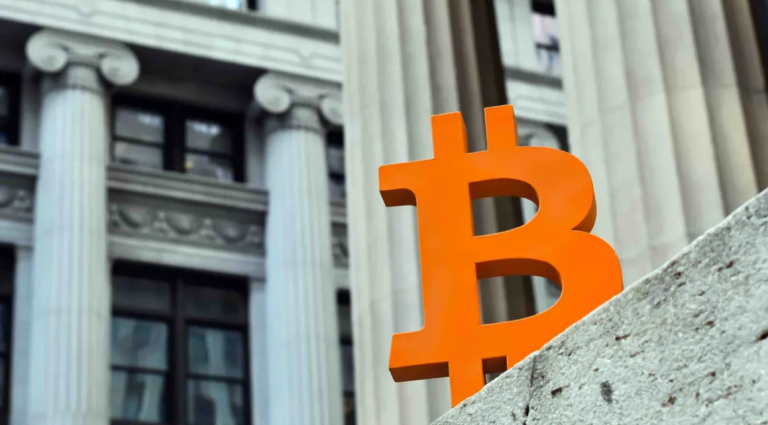The Federal Reserve’s recent actions have been closely watched by investors, borrowers, and savers alike. In this article, we will explore the implications of the Fed’s latest move and what it may mean for savings accounts. As the central bank makes decisions that can influence the economic landscape, it’s crucial to understand how these changes might affect your savings and financial goals.
The Federal Reserve’s Policy Shift:
The Federal Reserve has made substantial policy shifts in recent months. It announced a tapering of its bond purchases, signaling a gradual move away from the ultra-accommodative monetary policies that have been in place since the COVID-19 pandemic began. This shift raises questions about how savings accounts, a traditional safe haven for cash, may be impacted.
- Interest Rates May Rise:
One of the primary ways the Federal Reserve affects savings accounts is through interest rates. As the central bank starts tapering and eventually raises short-term interest rates, this could lead to higher yields on savings accounts. Banks often pass on the benefit of higher rates to savers in the form of better returns on their deposits.
- Improved Returns for Savers:
In recent years, savers have faced historically low interest rates, resulting in paltry returns on their savings accounts. A rise in interest rates, however, would mean that the money in savings accounts could earn more interest, potentially providing a better return on your hard-earned cash.
- Increased Competition Among Banks:
Higher interest rates may also increase competition among financial institutions. Banks might offer more attractive savings account rates to entice customers, which can work to the advantage of savers. This competition for deposits could lead to more favorable terms and conditions for account holders.
- Watch for Inflation:
While the prospect of higher interest rates is generally positive for savers, it’s essential to consider the impact of inflation. Rising prices can erode the purchasing power of your savings, even if interest rates are also increasing. It’s crucial to strike a balance between earning a return on your savings and keeping up with inflation.
- Be Prepared for Gradual Changes:
It’s worth noting that the Federal Reserve is expected to implement any interest rate increases gradually. This means that the full impact on savings accounts might not be immediate. Savers should monitor the situation and consider how their financial goals align with the evolving interest rate landscape.
Conclusion:
The Federal Reserve’s recent policy shifts have created a ripple of anticipation among savers, particularly those who have felt the pinch of historically low interest rates in recent years. The central bank’s tapering and eventual interest rate increases may bode well for savers, potentially leading to higher yields on savings accounts and increased competition among banks.
However, it’s essential to keep an eye on inflation, as rising prices can erode the purchasing power of your savings. To make the most of these changes, savers should be prepared for gradual adjustments and ensure their financial goals align with the evolving interest rate landscape.
As the Fed’s moves continue to play out, staying informed and making strategic decisions will be key for those looking to maximize their savings in the shifting economic environment.
